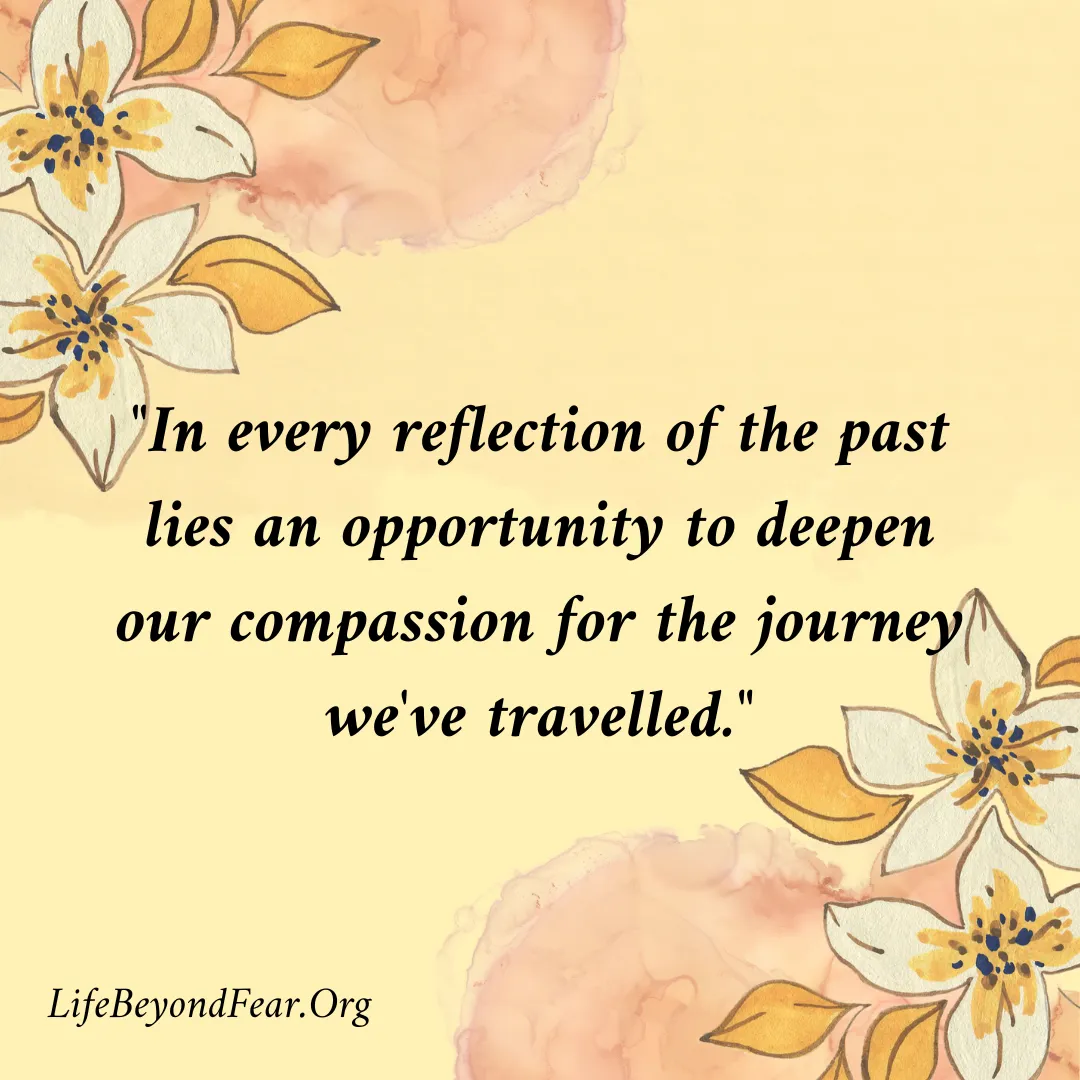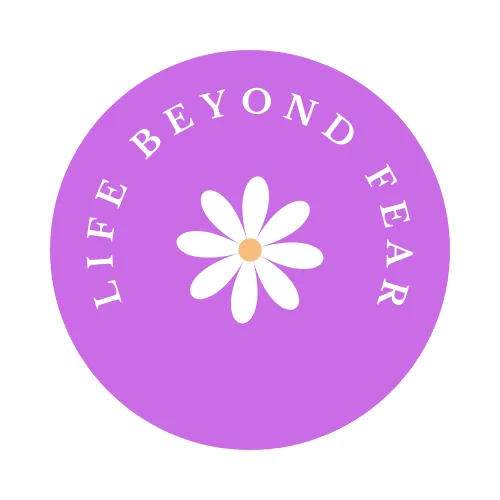There’s a whole world out there
See Newest Blogs

The Art of Loving Yourself
The Art of Loving Yourself: Navigating Self-Love in a Sea of Negativity
There’s a soft voice within you that yearns to be heard above the cacophony of negativity. Learning to love yourself when all seems dark is both an art and a necessity, a journey inward where compassion and understanding light the way.

Introduction: The Unseen Battleground
Imagine standing in a dimly lit room full of mirrors reflecting every perceived inadequacy and past mistake. Intrusive thoughts echo like a never-ending chorus, amplifying negativity and self-doubt. In such a setting, the journey to self-love often feels insurmountable. Yet, it is here, amidst this darkness, that the seeds of true self-compassion are sown.
Loving yourself despite negativity requires more than simple affirmations; it necessitates a deep dive into understanding the intricate dance between your brain, mind, and body. This dance is further complicated by the echoes of trauma, which can distort your self-perception and emotional responses.
Understanding the Brain-Mind-Body Loop
One significant aspect of self-love is understanding how trauma impacts the brain-mind-body loop. This triadic relationship can create an emotional cascade where the mind triggers trauma-induced memories, which then fuel negative cognitive loops that are reflected in physiological responses such as anxiety or depression.
Brain: Trauma can physically alter your brain, affecting areas like the amygdala, which plays a role in emotional regulation and the perception of threats. This neurophysiological change often keeps one trapped in a heightened state of alertness, making it difficult to embrace peaceful self-awareness.
Mind: Herein lies the stories you tell yourself, the narratives crafted from past experiences and interpreted meanings. Shifting focus from internalised self-blame to self-compassion starts by reframing these narratives.
Body: The body's responses to trauma are profound. Learning to listen to your body's signals through practices such as mindful breathing or yoga can facilitate a healing dialogue between mind and body.
Strategies for Cultivating Self-Love
Shift Your Focus with Intentional Language: Language holds the power to transform. By consciously choosing words that uplift rather than degrade, you begin to rewrite the narrative of your life. Instead of focusing on perceived failures, ask yourself, "What did I do right today?" or "What am I grateful for?".
Embrace Imperfection: Transformative self-love requires embracing imperfection. Recognise that no action or thought needs to be flawless. Each moment is an opportunity to grow closer to your authentic self.
Establish a Self-Care Routine: Implement habits that nurture both mind and body. A morning routine incorporating gratitude, mindfulness, and physical movement can reset your focus and enhance emotional resilience.
Reframe Obstacles as Opportunities: Challenges in life can be the gateways to profound growth. By viewing hardships as opportunities for learning rather than obstacles, you practice active resilience and foster a strong internal locus of control.
Seek Community and Connection: Surrounding yourself with supportive communities can provide the encouragement needed to maintain self-love during difficult times. Connection with others helps refocus external negativities and reinforces internal strengths.
Overcoming the Feelings of Fraudulence: Recognising Your True Achievements
In the tumultuous journey of life, there often comes a haunting realisation: the things you once celebrated as achievements now feel like distant mirages, eclipsed by the burgeoning shadows of self-doubt. This sensation, akin to wearing an ill-fitting costume, is the essence of imposter syndrome. It whispers deceitfully, convincing you that your previous successes were mere illusions and that happiness was a delusion disguised as joy.
Confronting the Imposter Within
Imposter syndrome feeds on the belief that you are a fraud—undeserving of the accolades or contentment you have experienced. It is a familiar companion to many, including some of the most successful individuals, who question their worthiness despite evident achievements.
To dismantle this insidious narrative, it is crucial to recognise its foundation: fear of inadequacy and failure. A pivotal step to overcoming this mindset is embracing the notion that nobody succeeds flawlessly on their first attempt. Viewing your life as a series of experiments, rather than tests with definitive pass or fail outcomes, can dramatically redefine how you perceive your journey. This paradigm shift from a perfectionist mindset to one that values curiosity and growth can liberate you from the fetters of feeling like an impostor.
Reframing Past Joys and Achievements
Reflecting on past accomplishments through a loving lens rather than a critical one requires cognitive and emotional shifts. Begin by acknowledging that happiness you experienced, however nuanced or fleeting, was genuine for the version of you that existed then. Your past contentment was not born out of delusion but of genuine fulfilment based on the knowledge and circumstances available at the time.
Harnessing the Power of Self-Acceptance
True liberation from the clutches of imposter syndrome lies in self-acceptance. This includes acknowledging your achievements as real and deserved, and viewing them as stepping stones rather than peak destinations. By cultivating a deep belief in your inherent worthiness, regardless of external validation, you reinforce the truth that your past achievements are as valid as the aspirations that propel you towards future goals.
Conclusion
This introspective journey is not without its trials, yet each step taken towards self-acceptance and reframe past joys as authentic provides a foundation upon which a healthier, more compassionate relationship with oneself can be built. By embracing the imperfect yet remarkable journey that is your life, you pave the way for genuine self-love and continuous growth.
By integrating these insights into "The Art of Loving Yourself," you offer a holistic view that not only addresses current struggles with self-perception but also honours the entirety of your journey. This transforms what once felt like a fraudulent facade into a monumental tribute to your resilience and growth.
The Weight of Loss: Overcoming the Overwhelming Grief of Losing Loved Ones
When the sharp pain of losing yet another loved one pierces the veil of our daily existence, it can bring with it a cascade of memories, each linked to previous losses that have left indelible marks on our hearts. This overwhelming grief is not isolated; it is cumulative, reminding us not only of present sorrow but of all the past experiences of loss that seemed to echo in perpetuity.
Understanding the Nature of Grief
Grief is not a linear journey. It comes in waves, unpredictable in its timing and intensity. With each new loss, unresolved emotions from past bereavements may resurface, bringing with them a profound sense of vulnerability and introspection. It's important to understand that this is a natural part of the grieving process—where the interconnectedness of all your emotions serves both as a challenge and an avenue for healing.
The Circle of Love and Loss
The profound sorrow associated with cumulative grief also serves as a testament to the deep love that has existed. Honour this love by acknowledging that the presence of pain indicates meaningful connections that have coloured your life. As you navigate this space, consider ways to celebrate the lives of those you've lost through rituals, storytelling, or by focusing on the happy memories shared. This thoughtful engagement helps to transform loss into a continuing source of love and provides a platform from which healing can begin.
Healing Through Community and Connection
While self-reflection plays a key role in healing, connection with others who understand your grief can be deeply restorative. Engage with support groups or communities that provide safe spaces to share your experiences. When you are ready, extending empathy to those similarly grieving can create meaningful interactions that foster collective healing.
Embracing the Journey Forward
The path to finding peace after loss involves learning to integrate the experience into the narrative of your life, honouring both the past and the present. Reframe the narrative of grief by considering it as a journey that enriches your personal growth, shaping the compassionate and empathetic person you become.
Conclusion
As you continue the profound journey of self-love amidst loss and grief, remember that each step you take honours the memory of those you loved. With courage and support, what feels like an end can transform into a beginning—a new chapter where you find strength and solace in your ability to love fiercely and live fully. This journey invites you to embrace a life enriched by the deep bonds formed with those who have left a lasting imprint on your soul.
Conclusion: The Journey of Self-Discovery
Loving oneself in the face of negativity demands courage and persistence. It involves understanding the intricate connection between your thoughts, emotions, and physical state, and working tirelessly to align them with compassion. This journey is not about achieving perfection but about embracing your wholeness—a beautiful blend of light and shadow.
By embracing this dance of self-love, you liberate your mind from the chains of negativity and set forth toward a future painted with hope, peace, and profound personal fulfilment. Your journey is a masterpiece in the making, coloured by every choice to love yourself, just as you are, at this exact moment.

Copyright ©LifeBeyondFear.Org. All Rights Reserved.
Unlock the secrets to improving relationships at work, at home, and most importantly, with yourself. Discover the transformative power of meaningful connections and self-understanding.
